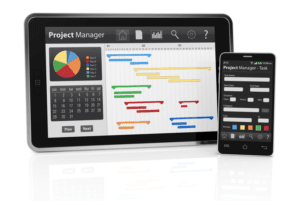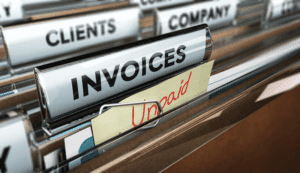
Say you sold a customer $600 worth of office supplies, and they haven’t paid their invoice. With the direct write-off method, you’ll note the $600 as a bad debt expense in the debit column of your https://onlinetravel.mk/understanding-the-going-concern-opinion-in-audit/ journal entry. Then, you’ll credit the $600 to the credit column for your accounts receivable.

Transaction Matching
In the world of finance, managing accounts receivable is crucial for maintaining a healthy cash flow. Bad debt expense refers to the amount of accounts receivable that a business does not expect to collect. This expense can significantly impact a company’s financial statements and overall profitability. In this article, we will explore how to calculate bad debt expense and discuss the ten best practices for businesses to ensure accuracy and efficiency.
- It can only be applied when there is a confirmation that an invoice won’t be paid for, which takes a lot of time.
- Now let’s imagine that sometime later, a client tells you they won’t be able to pay the $2,000 they owe you.
- Under the Aging of Accounts Receivable Method for accounting for bad debts, a company creates an estimate of bad debts based on the age of outstanding invoices.
- This reflects the cost of extending credit that proves uncollectible, directly impacting reported profitability.
What Methods Are Used for Estimating Bad Debt?
This helps you better understand the time it takes to collect on bad debt. Common invoice categories include 0–30 days old, 30–60 days old, and so on. A good accountant can help you set up proper credit policies, implement effective collection procedures, and maintain accurate records of your accounts receivable. Plus, they’ll make sure you’re using the right method to calculate and record bad debt expenses for your business size and industry. This method looks at your current accounts receivable balance and estimates what percentage might go unpaid.
- These examples illustrate how the Percentage of Sales Method provides a straightforward way to estimate bad debt expense based on a consistent historical percentage.
- Automated invoice processing ensures that invoices go out on time, reminders are triggered based on due dates, and teams can focus on resolving exceptions instead of tracking down payments.
- Each time the business prepares its financial statements, bad debt expenses must be recorded and accounted for.
- This can be done using the direct write-off method or the allowance method.
- Each bucket is assigned a different probability of default, with older receivables carrying a higher estimated bad debt percentage.
Calculate bad debt expense allowance method
The journal entry to record an estimate for bad debts is to debit a bad debt expense account and credit allowance for uncollectible accounts. The aging method is another useful way to estimate your bad debt expenses. You divide bad debts by the credit sales within a designated age category.
Usually, the longer a receivable is past due, the more likely that it will be uncollectible. That is why the estimated percentage of losses increases as the number of days past due increases. Ultimately, the best protection is to be proactive and recognize the signs of bad debt before it happens. Keep track of your customers’ time-to-payment and see if they’re trending in the wrong direction.
Per the allowance method, companies create an allowance for doubtful accounts (AFDA) bad debt expense calculator entry at the end of the fiscal year. The aging method provides a more detailed calculation by grouping accounts receivable based on how long they have been outstanding. In this guide, we’ll explore effective methods, like the allowance and direct write-off approaches, and offer practical examples to simplify application.


In this case, the company usually use the aging schedule of accounts receivable to calculate bad debt expense. Set criteria for extending credit to customers, including credit checks and payment terms. This proactive income statement approach reduces the likelihood of uncollectible accounts and improves cash flow. For instance, if accounts receivable are $100,000 and the allowance is $5,000, the net accounts receivable reported would be $95,000. This account is an estimate and may require adjustments in future periods based on actual collections or further assessment of uncollectible amounts.
The aging of receivables method provides a more refined estimate by categorizing outstanding accounts receivable by age. Different uncollectible percentages are then applied to each age category, reflecting the increased risk of non-collection for older debts. For instance, 1% might be uncollectible for accounts 1-30 days old, while 10% might be uncollectible for accounts over 90 days old. The estimated uncollectible amount for each category is then summed to arrive at the total estimated allowance for doubtful accounts, from which the bad debt expense for the period is derived.